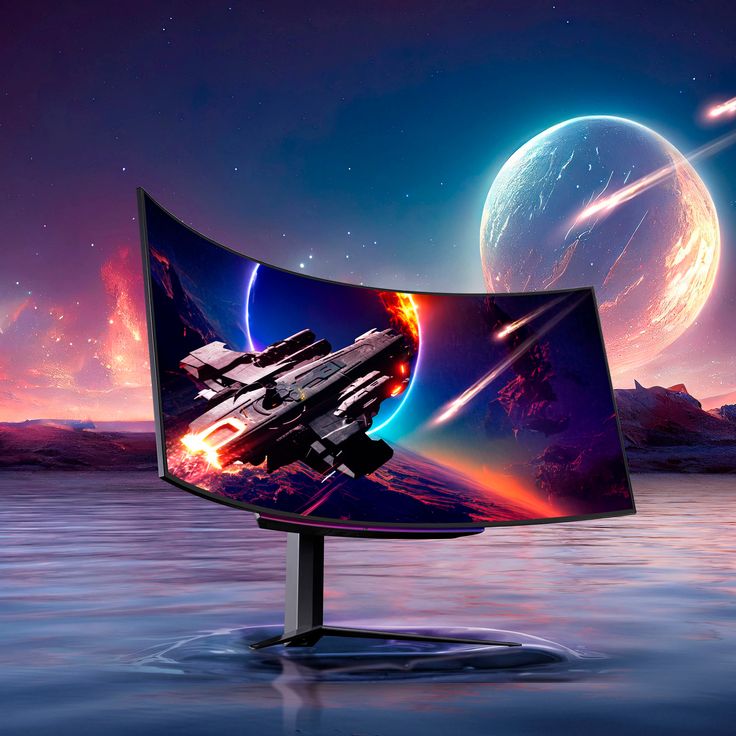A quality gaming monitor is one of the most important components of any setup. It’s where you view every detail, react to every moment, and yourself in the game world. The right monitor not only enhances visual clarity but also keeps you competitive by minimizing input lag and maximizing refresh rates. If you’re in the market for a new monitor, there are a few essential features to consider.
Key Factors to Consider in a Gaming Monitor
1. Refresh Rate
The refresh rate, measured in hertz (Hz), determines how many times the monitor updates its image per second. A higher refresh rate results in smoother visuals, especially in fast-paced games. Standard monitors typically offer 60 Hz, but many gaming monitors come in 120 Hz, 144 Hz, or even 240 Hz options. For competitive gamers, a higher refresh rate can improve reaction times and provide a clearer picture.
2. Response Time
Response time measures how quickly a pixel can change from one color to another, usually measured in milliseconds (ms). Low response times reduce motion blur and ghosting, which are common in fast-moving scenes. Look for monitors with a response time of 5ms or less, though competitive players often prefer monitors with 1ms for the clearest possible visuals.
3. Resolution and Screen Size
Resolution refers to the number of pixels on the screen, with higher resolutions providing more detail. While 1080p (Full HD) is the standard for many gamers, 1440p (QHD) and 4K (UHD) options are increasingly popular for their sharpness and clarity. Consider screen size as well; larger screens can provide more visibility, but they should match your resolution choice to maintain image sharpness.
4. Panel Type (IPS, TN, VA)
There are three main types of panels in gaming monitors: IPS, TN, and VA. IPS panels are known for better color accuracy and wider viewing angles, making them ideal for visually rich games. TN panels, on the other hand, typically have faster response times and are preferred by competitive gamers. VA panels offer deeper contrast, which is useful for games with darker settings. Choose a panel type that best aligns with the games you play and your visual preferences.
5. Adaptive Sync Technology (G-Sync or FreeSync)
Screen tearing occurs when the monitor’s refresh rate doesn’t sync up with the graphics card. Adaptive sync technology like G-Sync (NVIDIA) or FreeSync (AMD) helps match your monitor’s refresh rate to the frame rate of your game, providing smoother gameplay with reduced screen tearing and stuttering.
6. Design and Adjustability
A monitor’s design can have a significant impact on your comfort during long gaming sessions. Look for monitors with adjustable stands that allow you to tilt, swivel, and adjust height. Some gaming monitors also come with eye care technology, like blue light filters and flicker-free backlighting, to help reduce eye strain.
The perfect gaming monitor enhances visuals, improves response times, and supports your playstyle, whether you’re a competitive gamer or someone who just enjoys exploring new virtual worlds.

